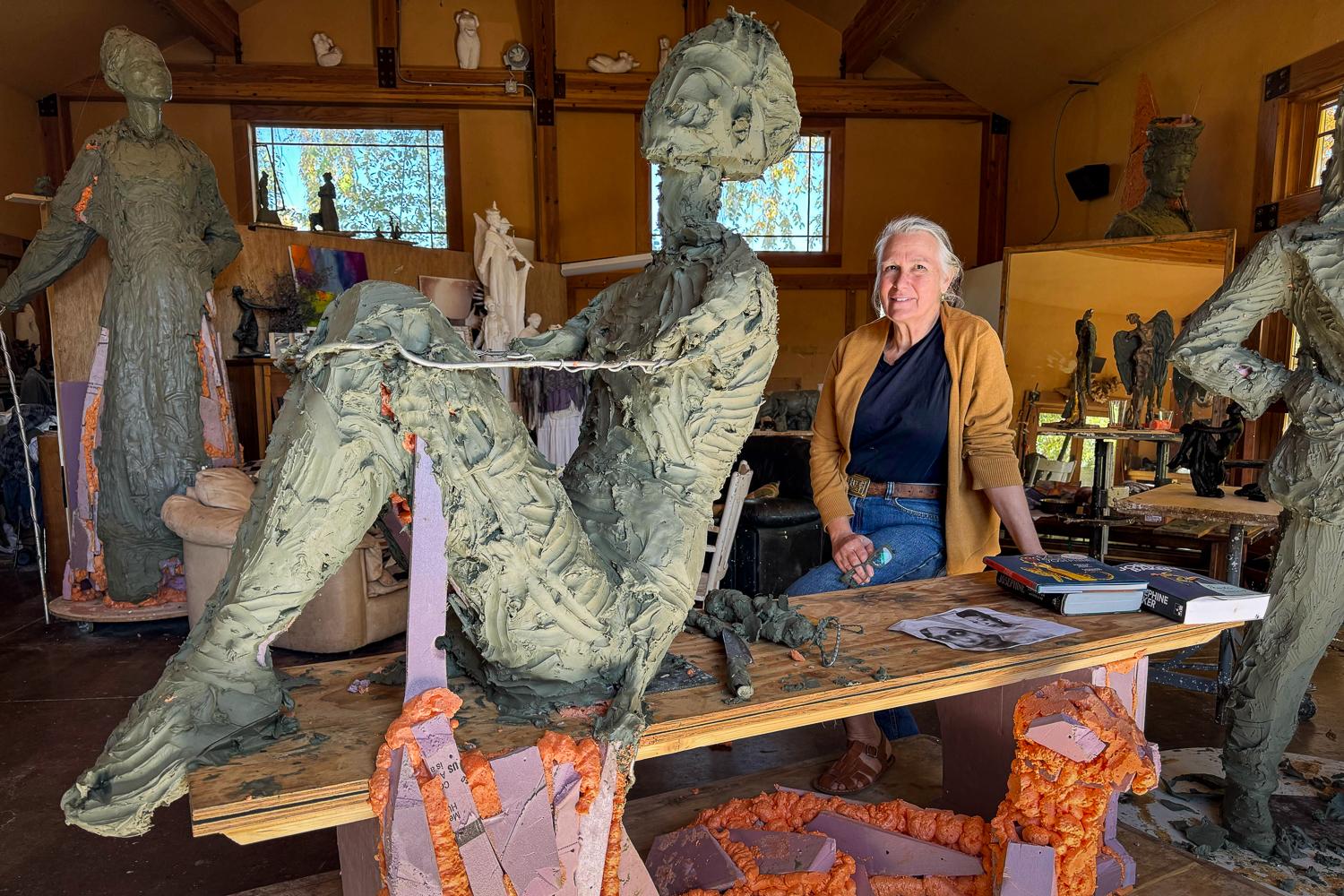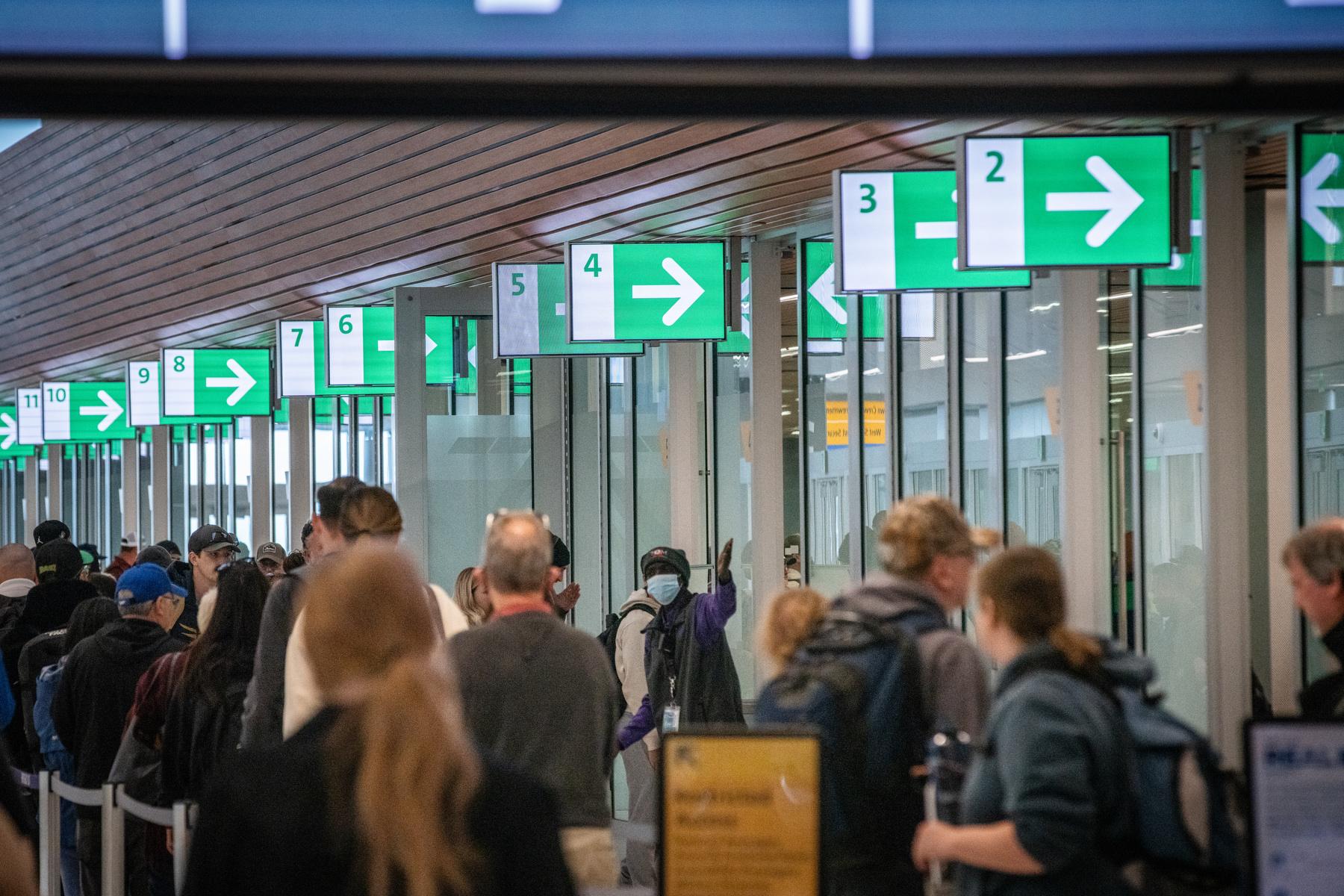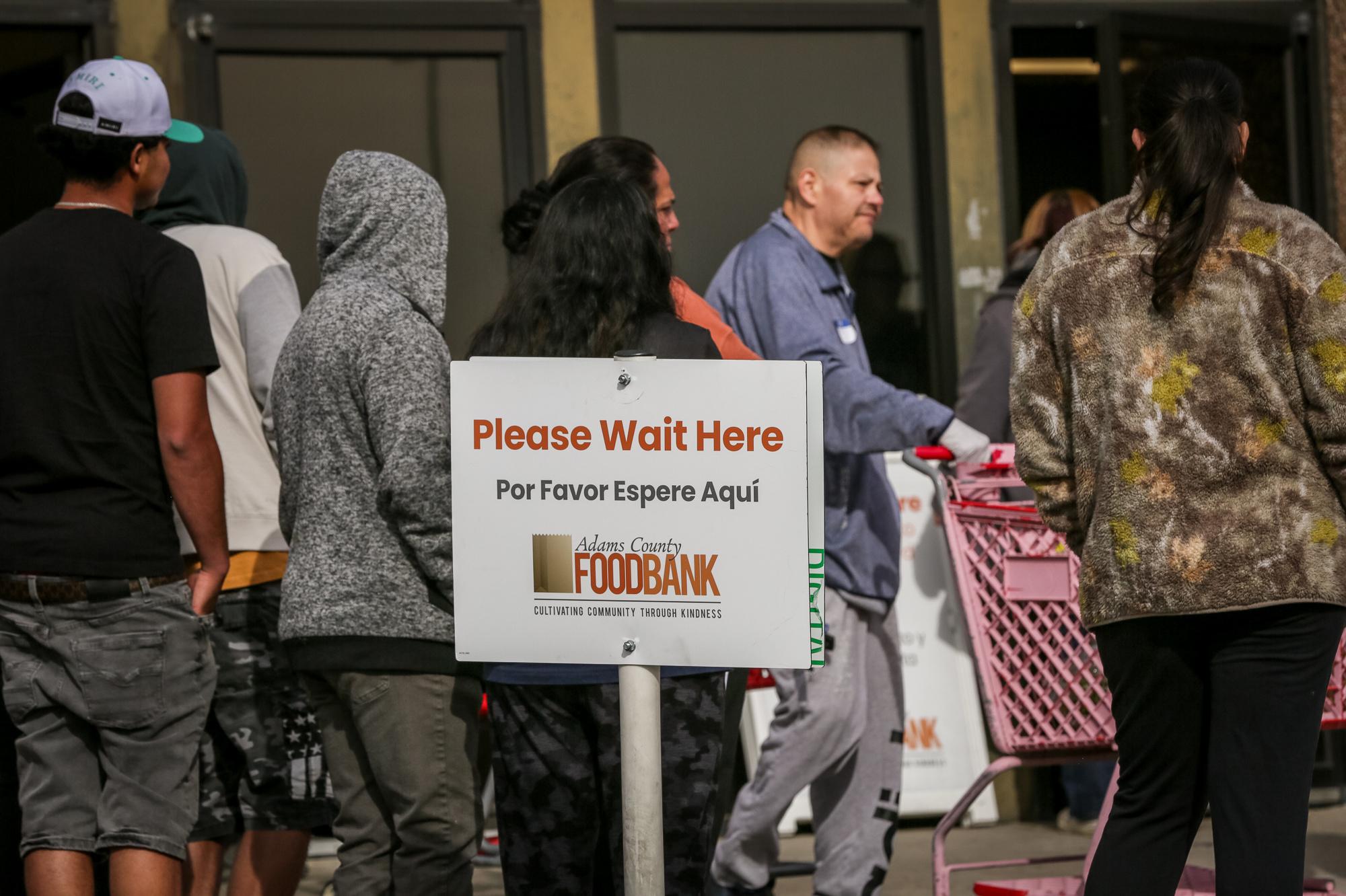
Ready for another supermoon?
Sure, it’s a bit of an astronomical hype, but it is cool to look at. A supermoon happens when a full moon is at its closest to the Earth. Dr. Doug Duncan, director of the University of Colorado’s Fiske Planetarium, said the moon will appear brighter and larger, because it will be about 15 percent closer to the Earth. The Fiske Planetarium has put together a great comparison if you're curious what really puts the 'super' into a supermoon.
The best time to moon gaze will be during moon rise, Duncan said. Catching the moon near the horizon gives it a psychological boost, making it look even bigger. Plan on at being ready before 5:24 p.m. Monday evening and look to the east.
“I would get a nice pair of binoculars and get ready for the full moon to rise and then just enjoy it,” he said.
You can get some of that supermoon beauty Sunday night as well, since it will be nearly full as it rises at sunset on Sunday and sets early Monday morning. “It’s going to be beautiful both times,” Duncan said.
The supermoon of Nov. 14 will be full “within about two hours of perigee,” which NASA notes will make it an ‘extra’ supermoon. The moon hasn’t been this close to the planet since 1948 and won’t come this close to earth again until Nov. 25, 2034. So mark your calendars.
Need Some Extra Help? Here's How To Photograph The Supermoon
CPR's Vic Vela contributed to this report









